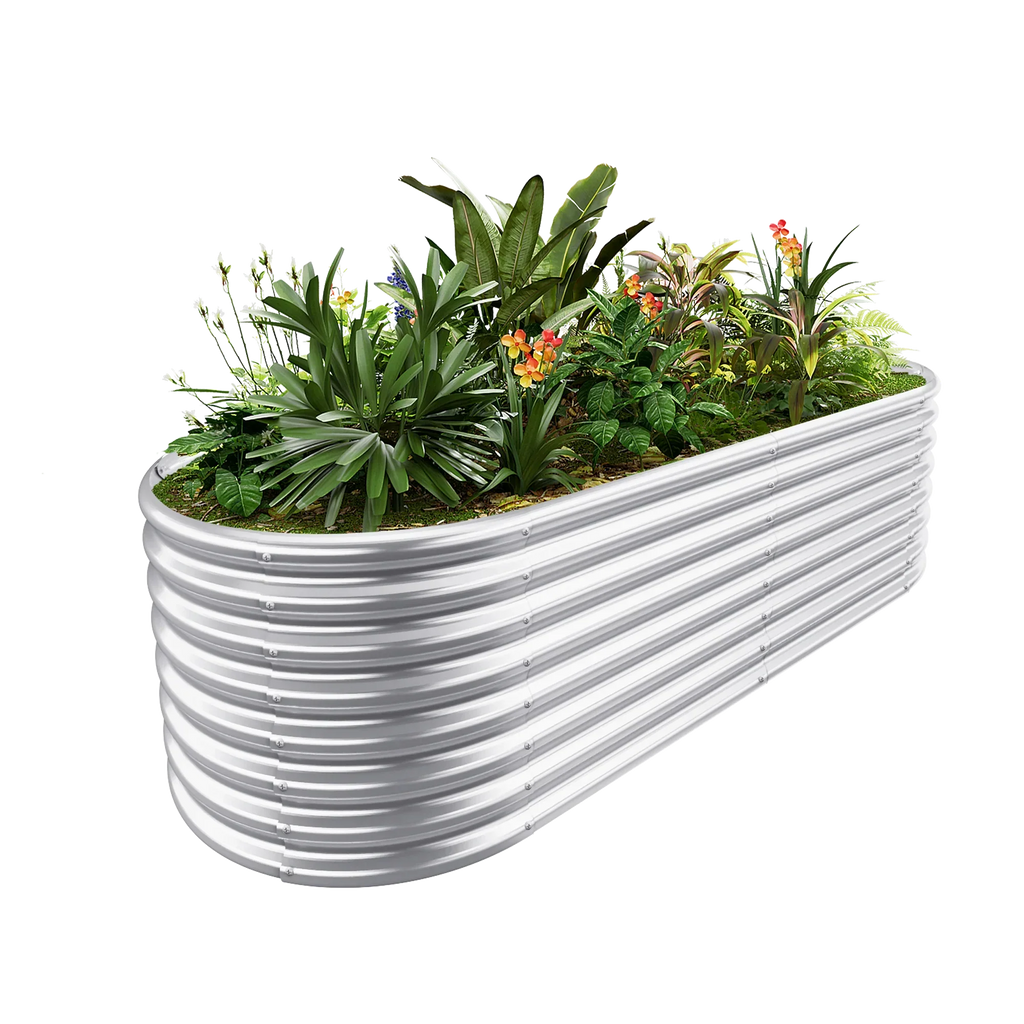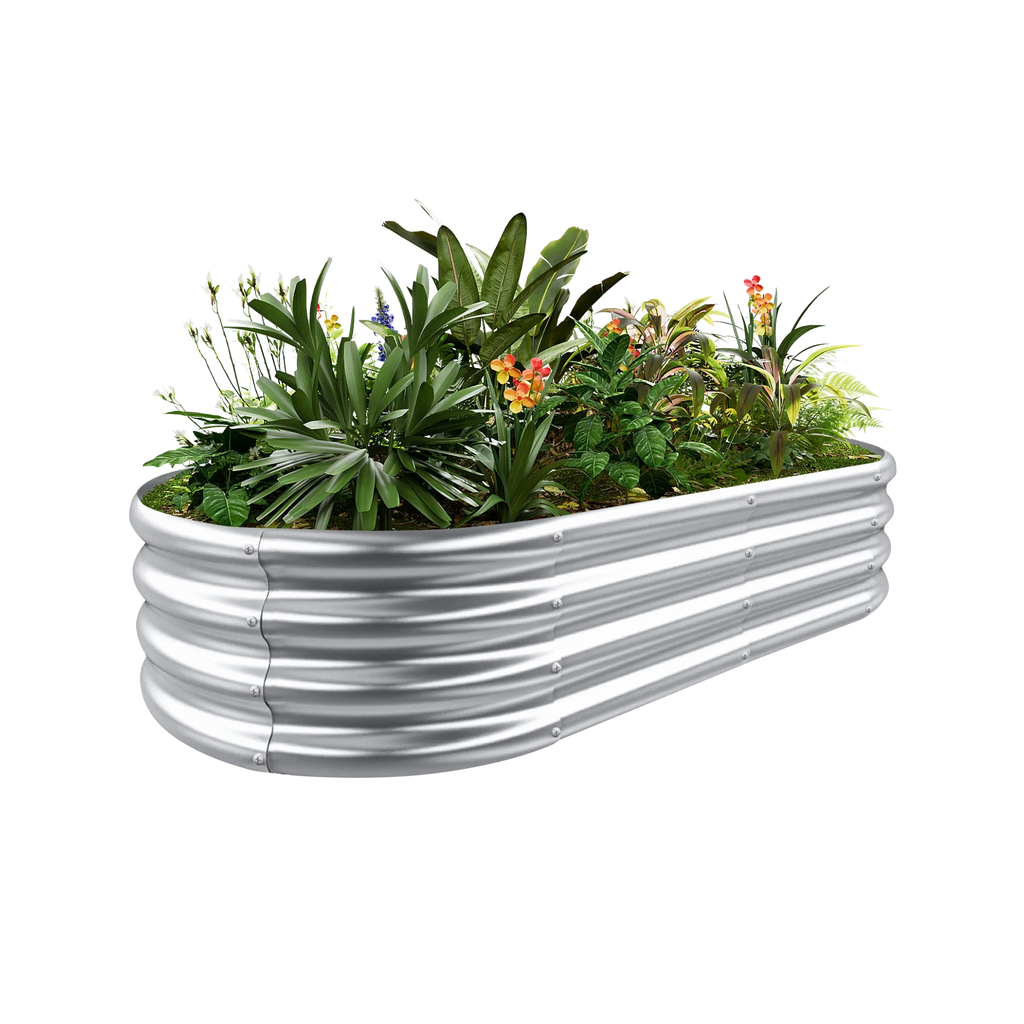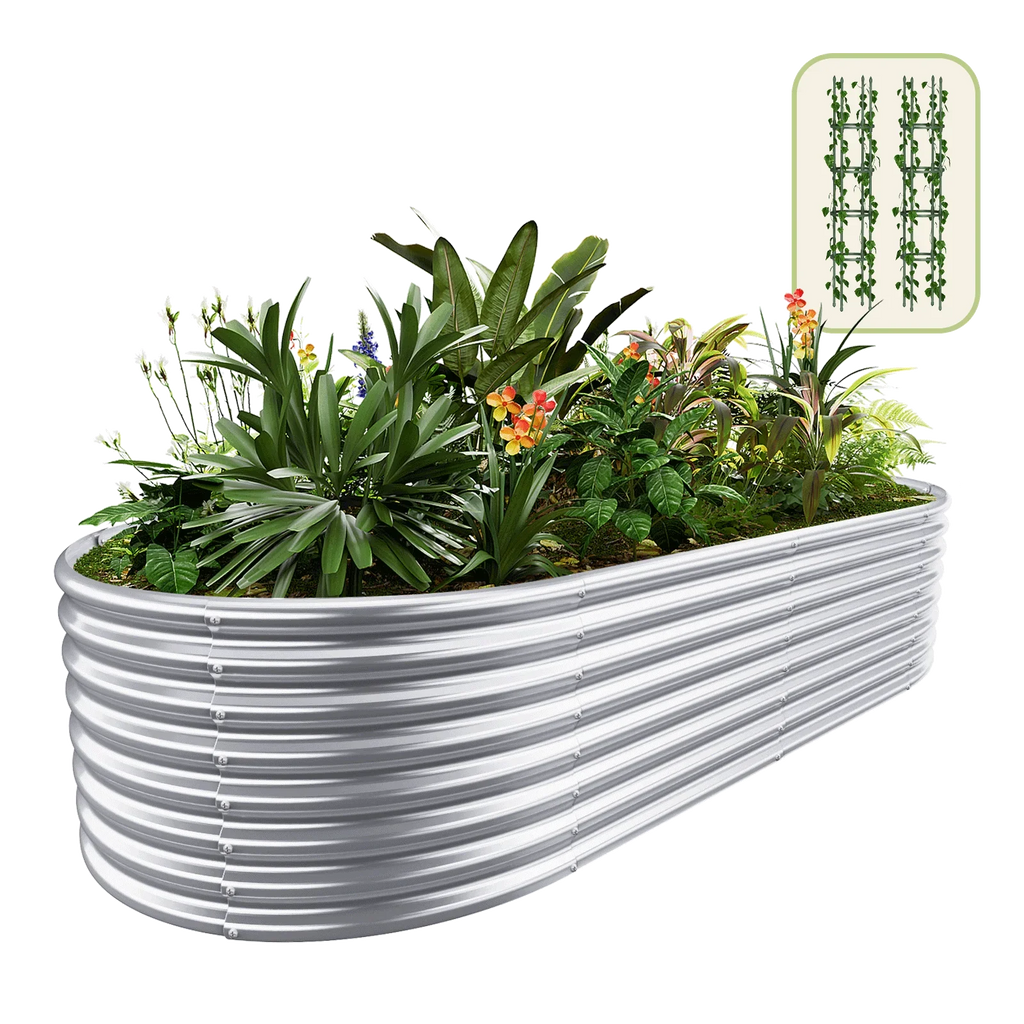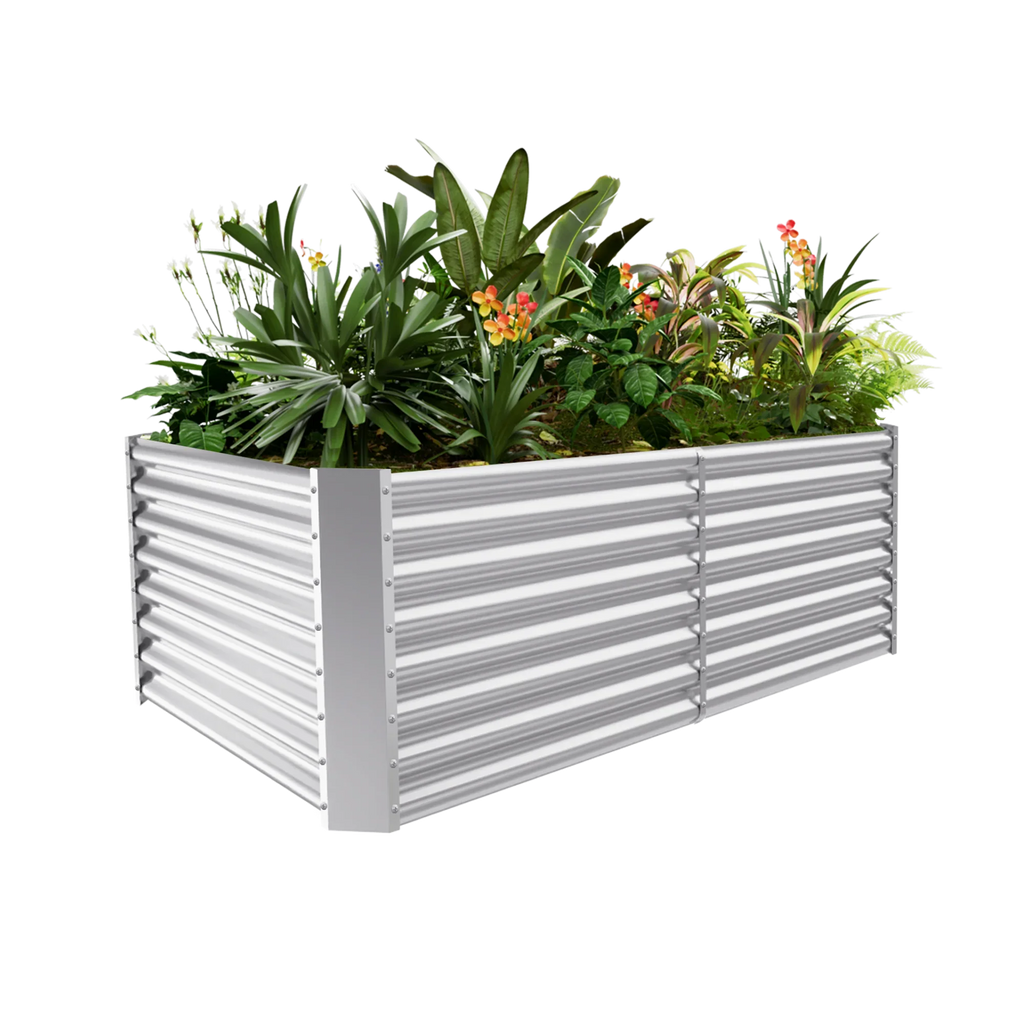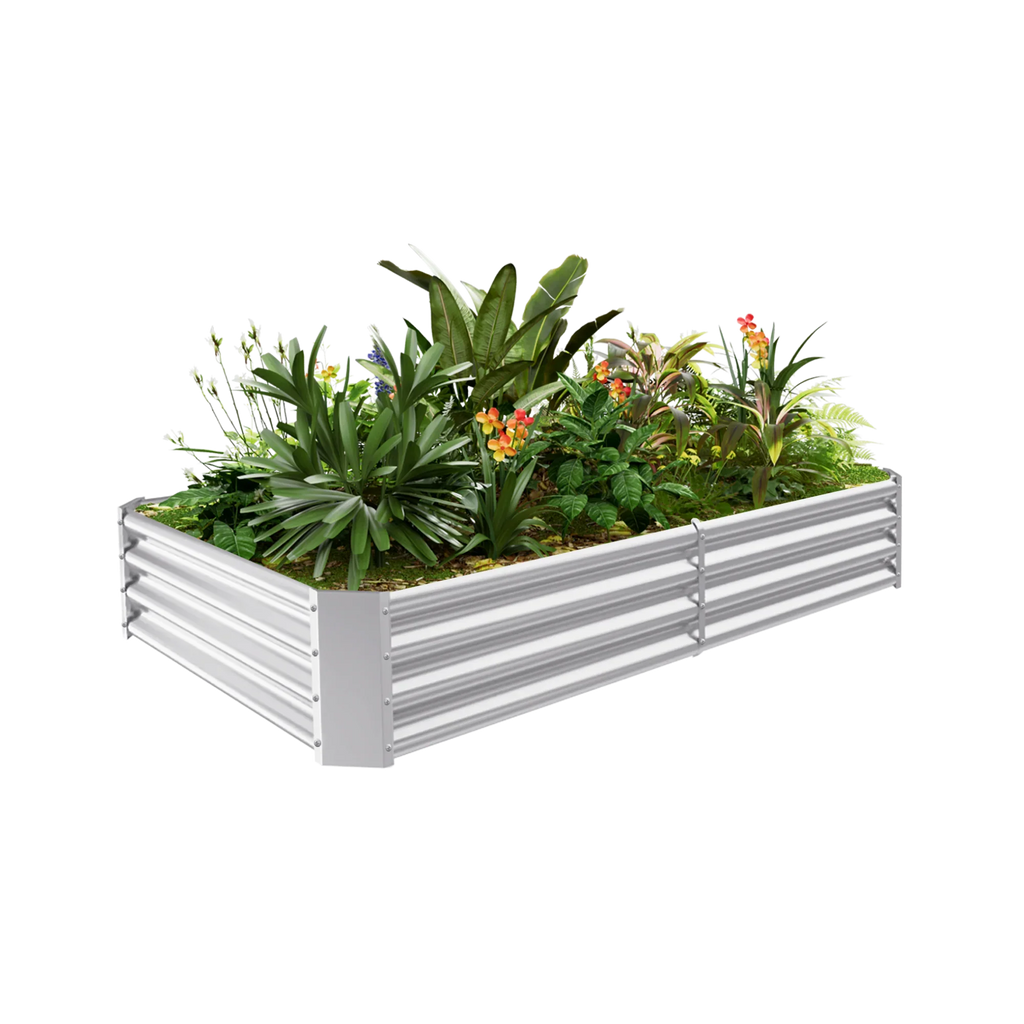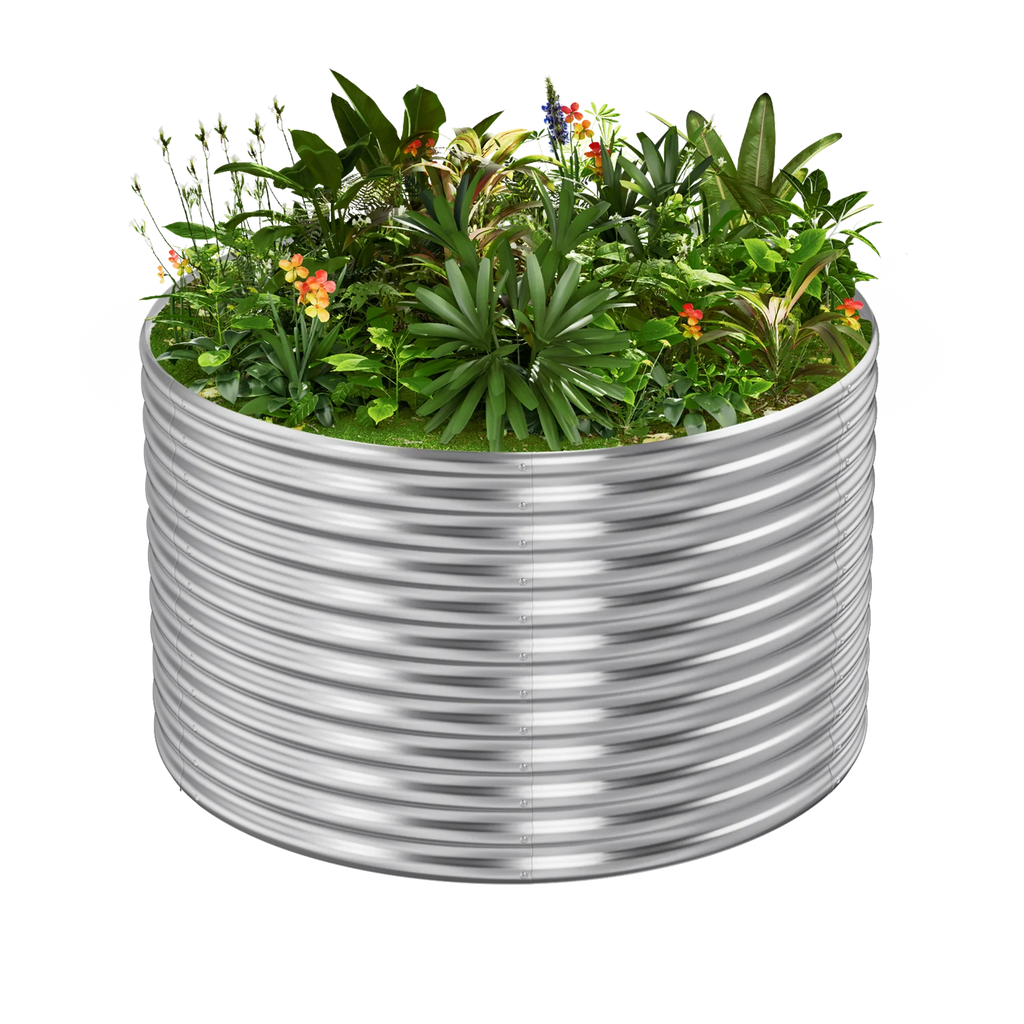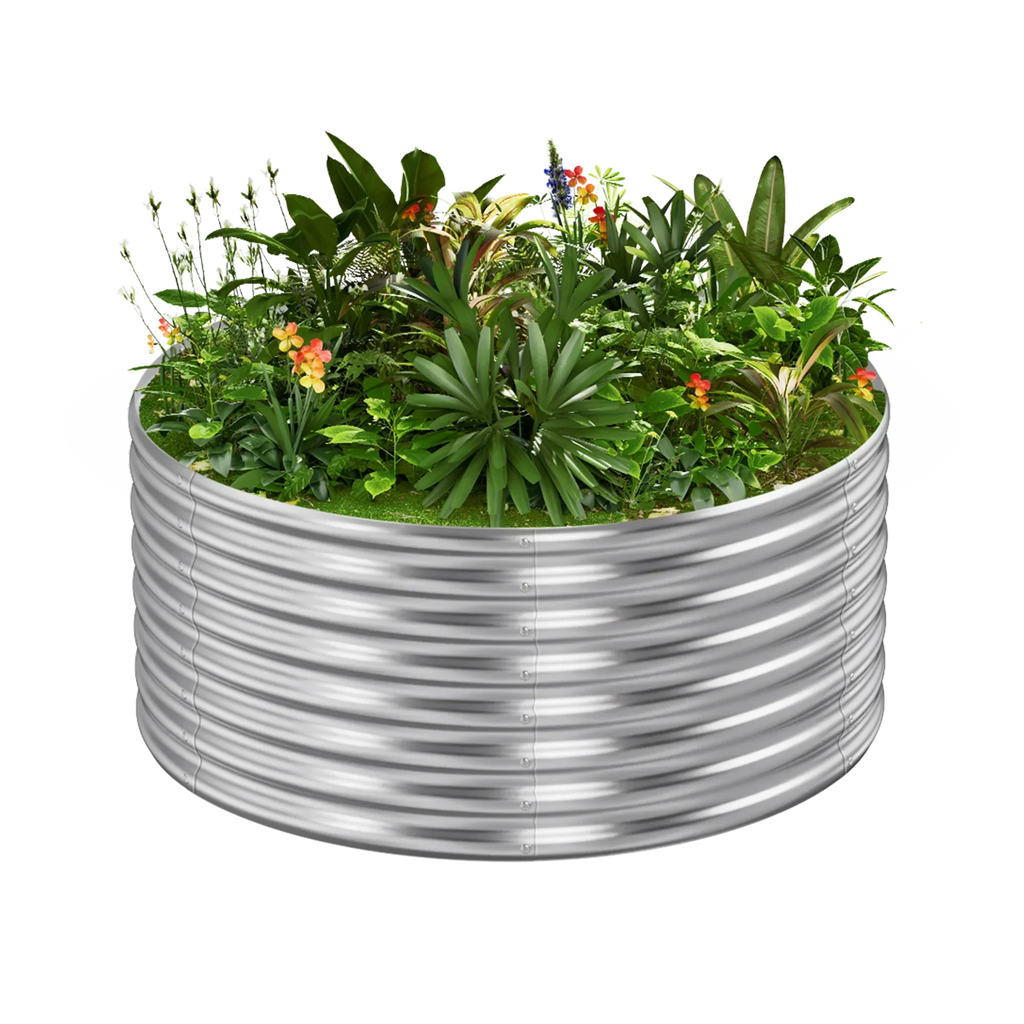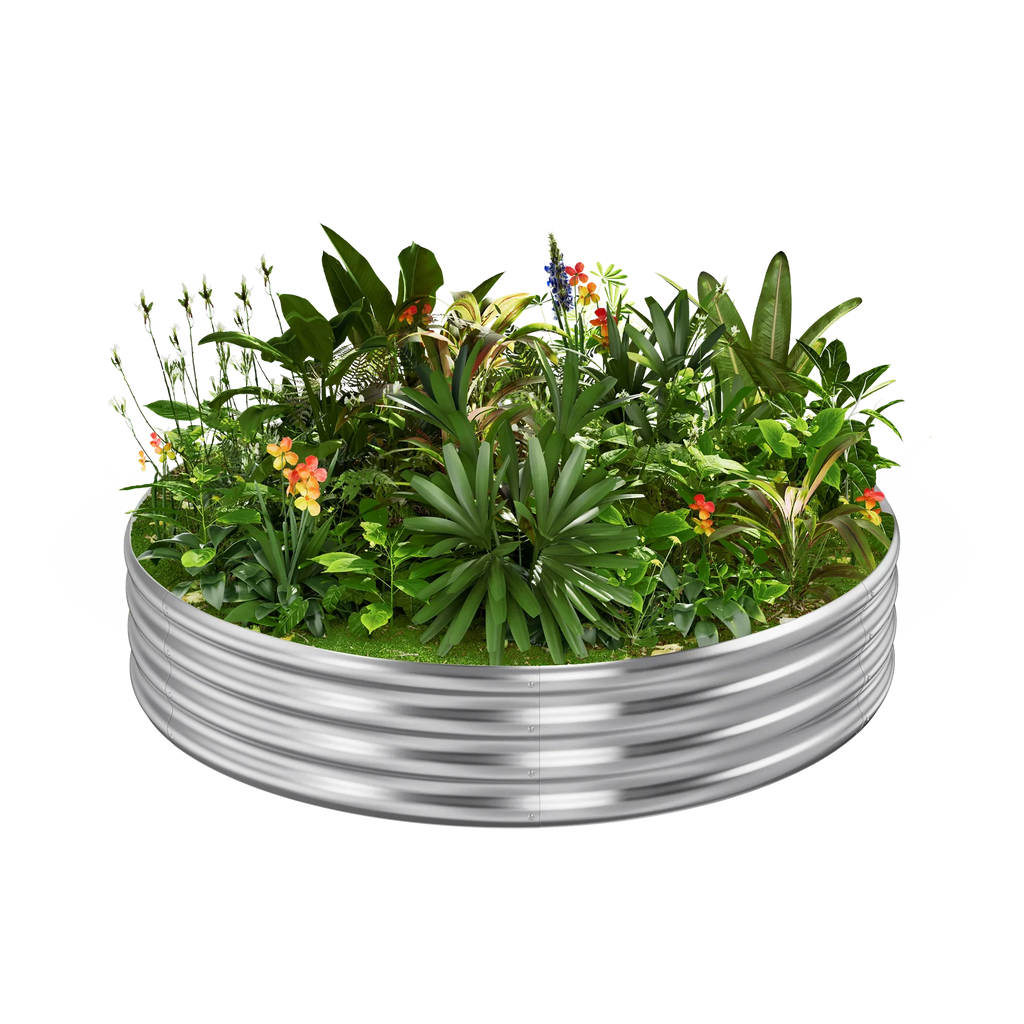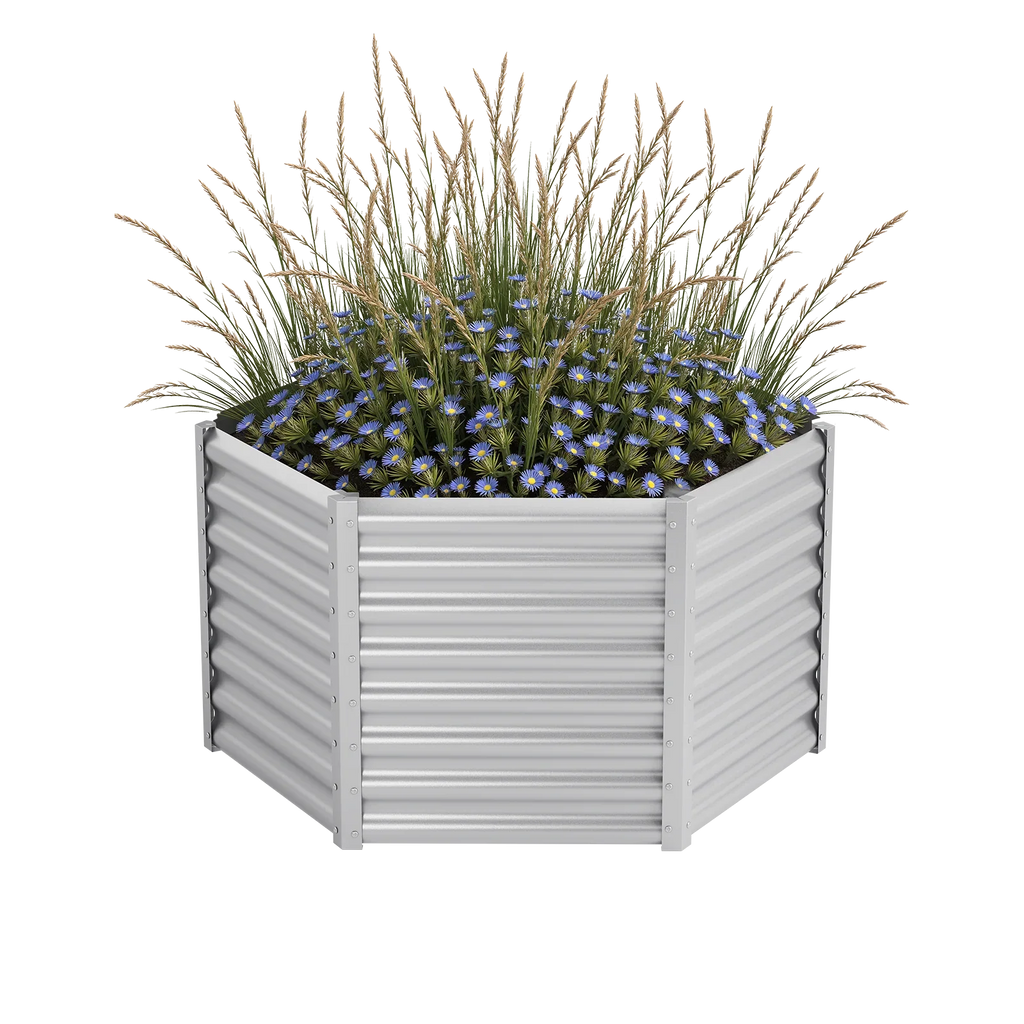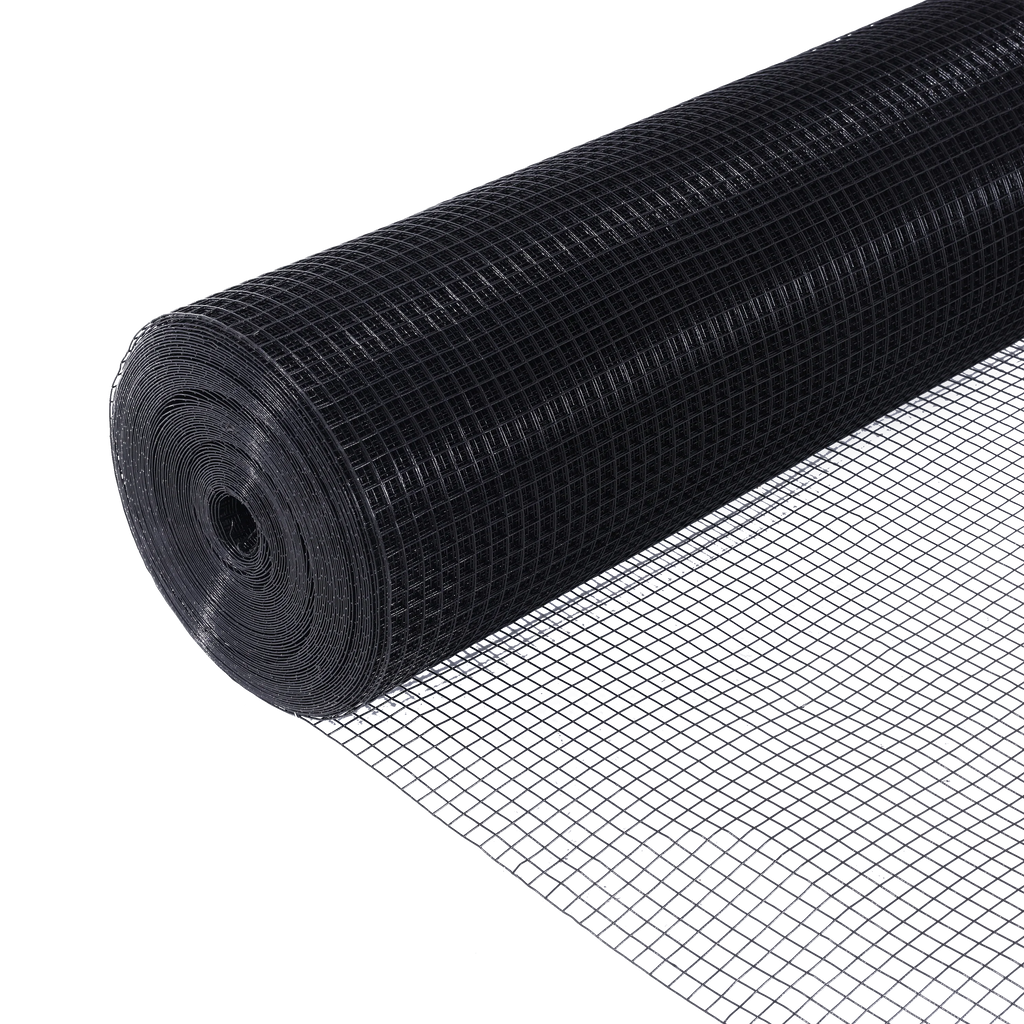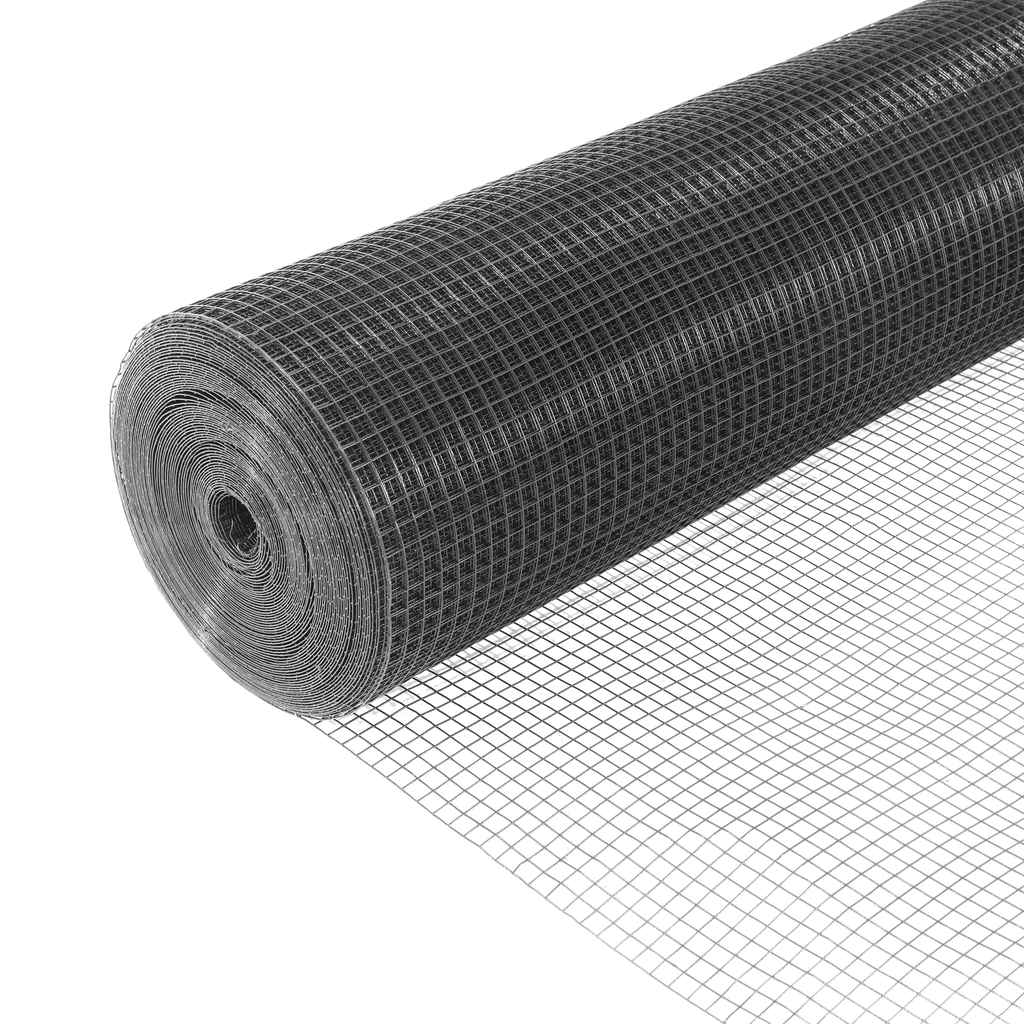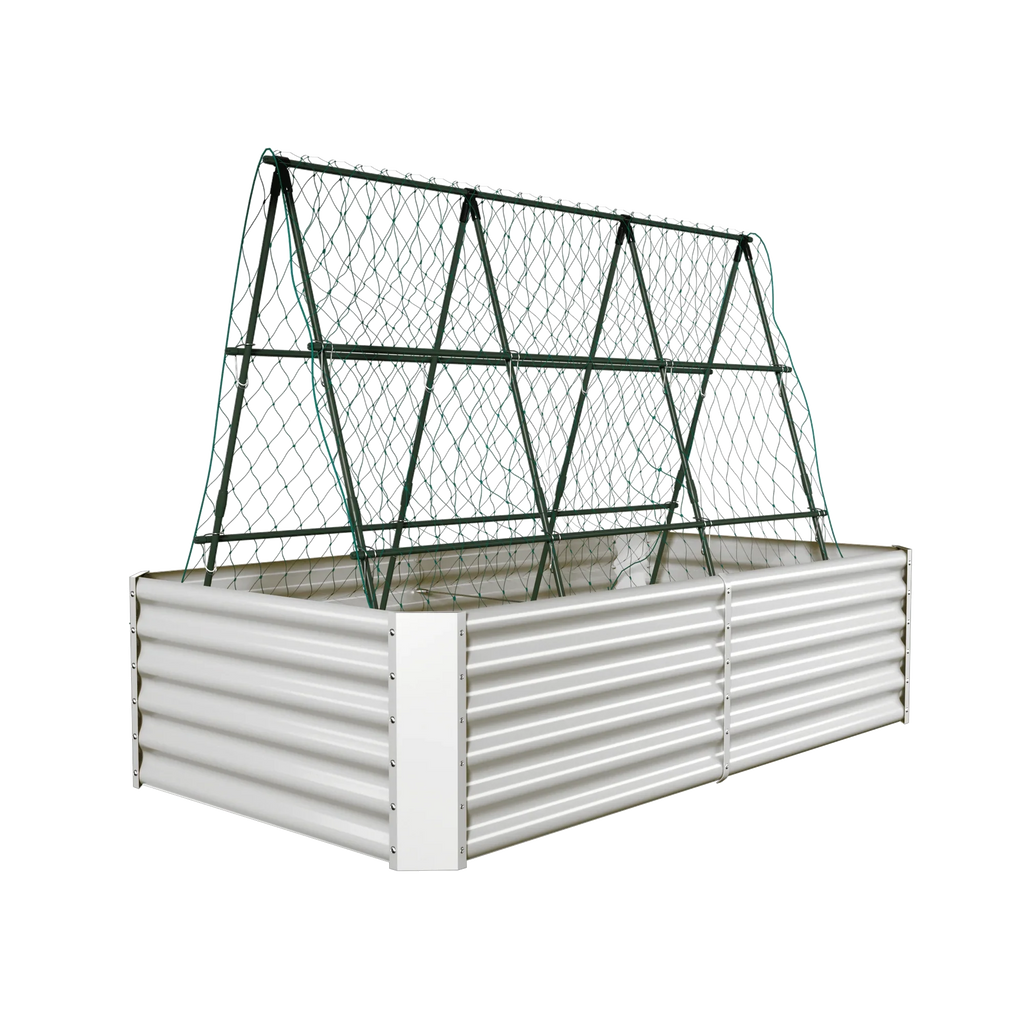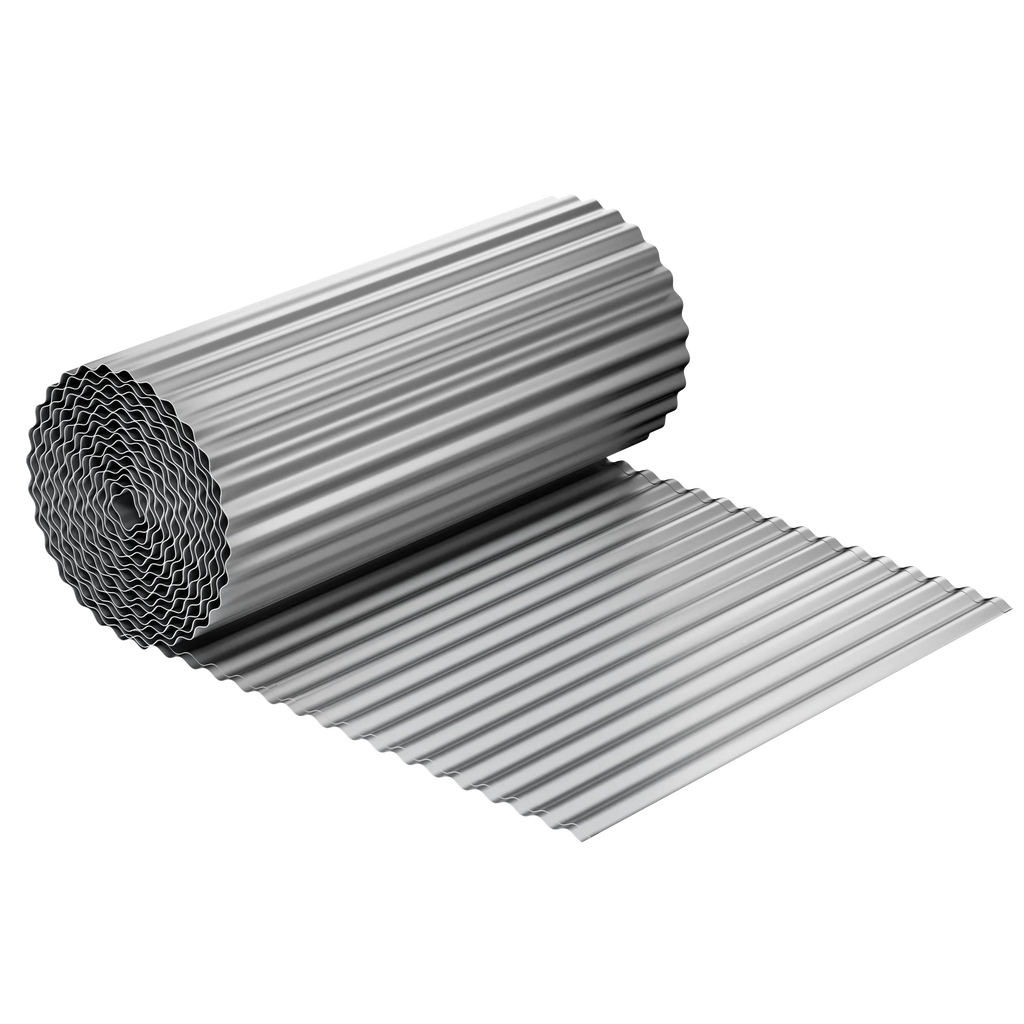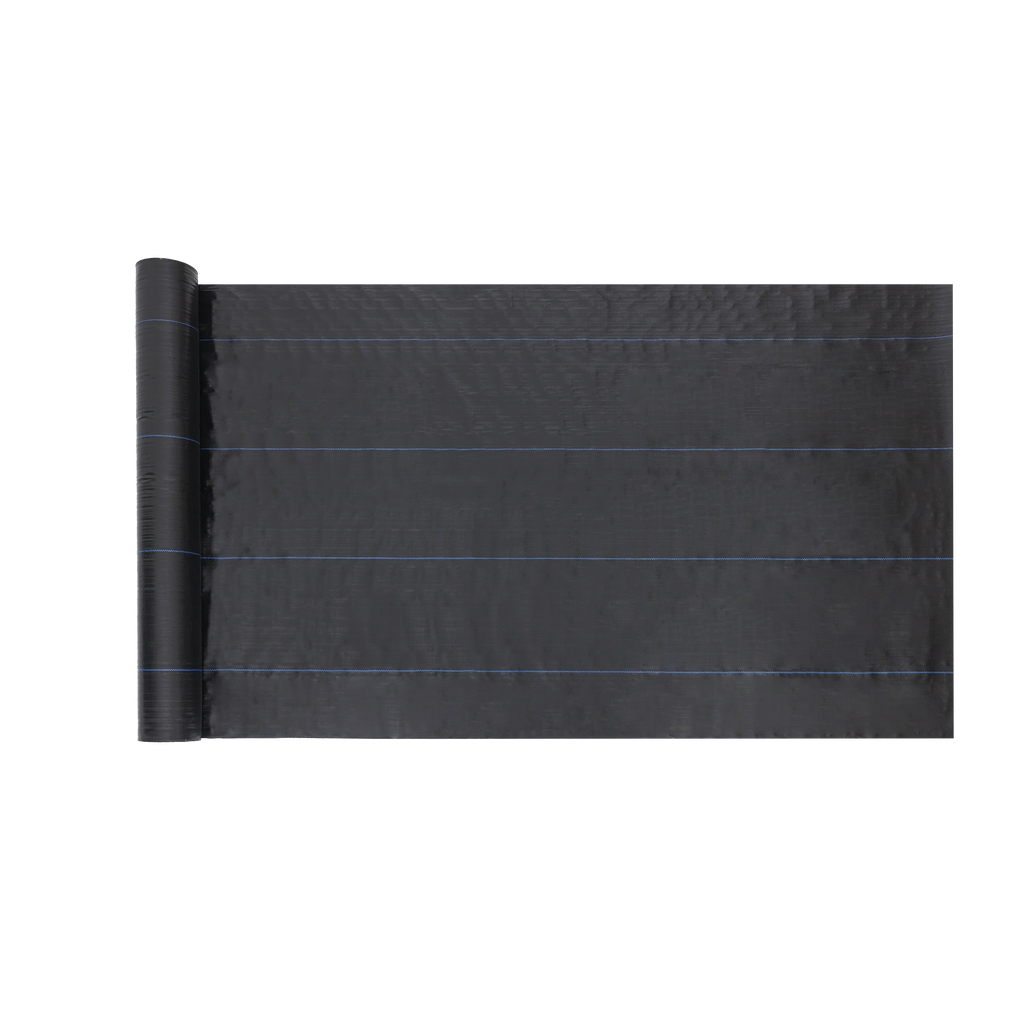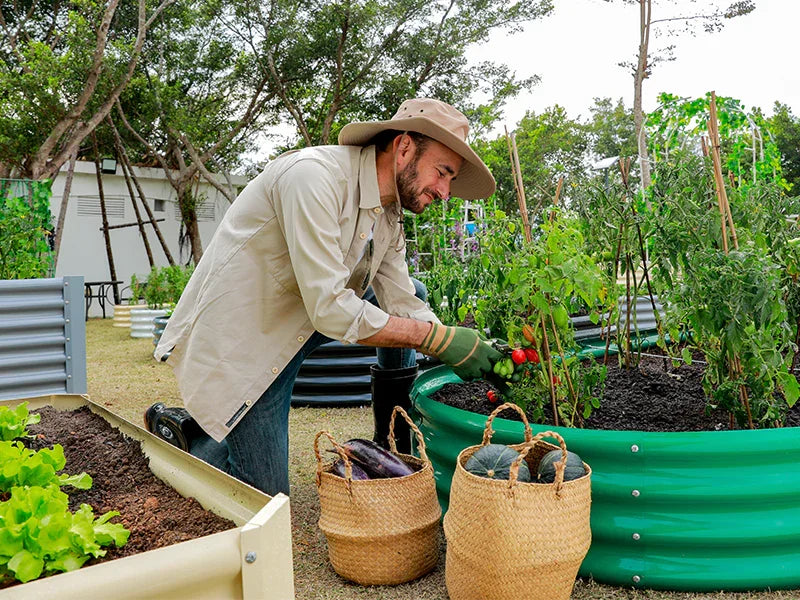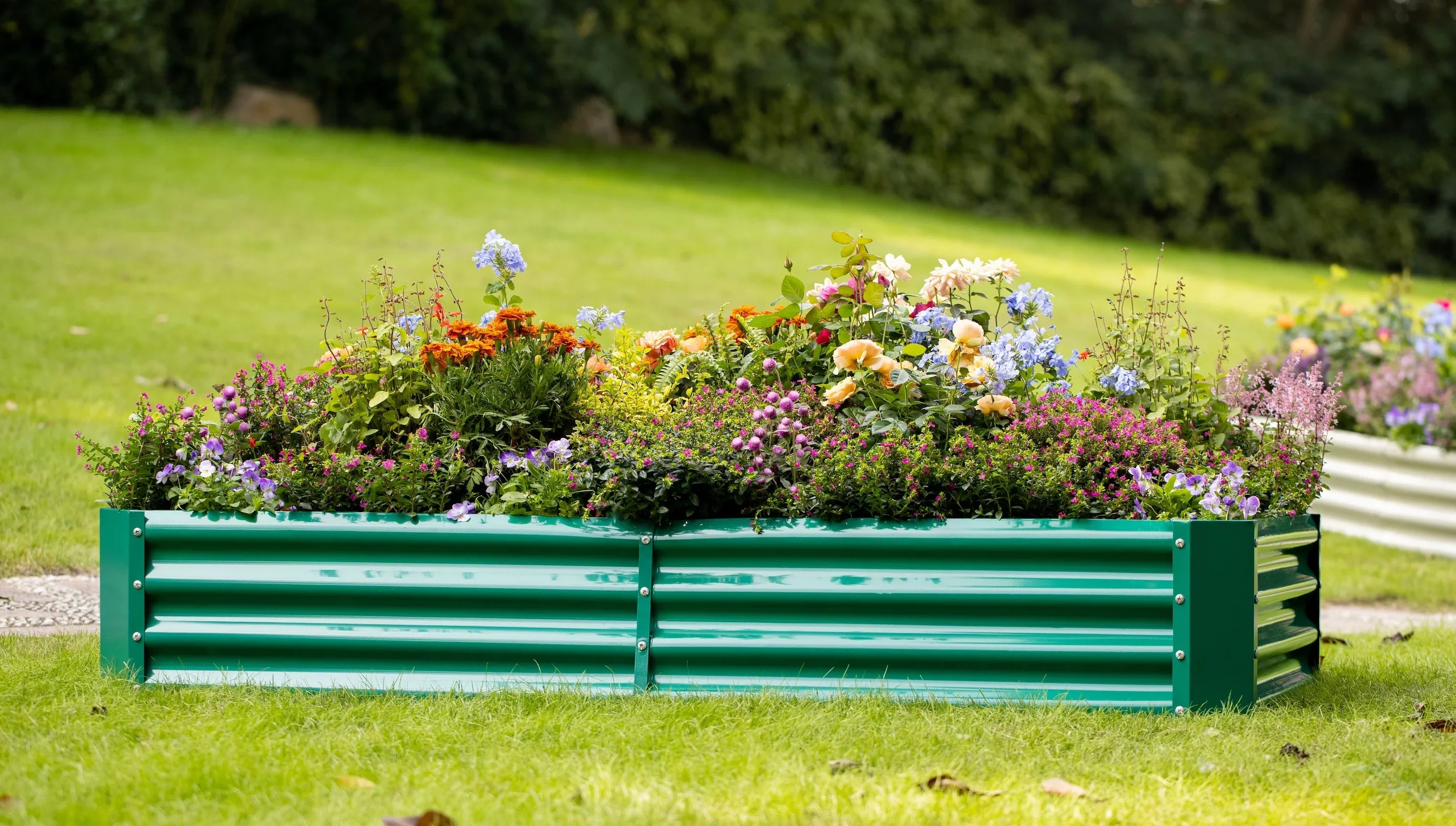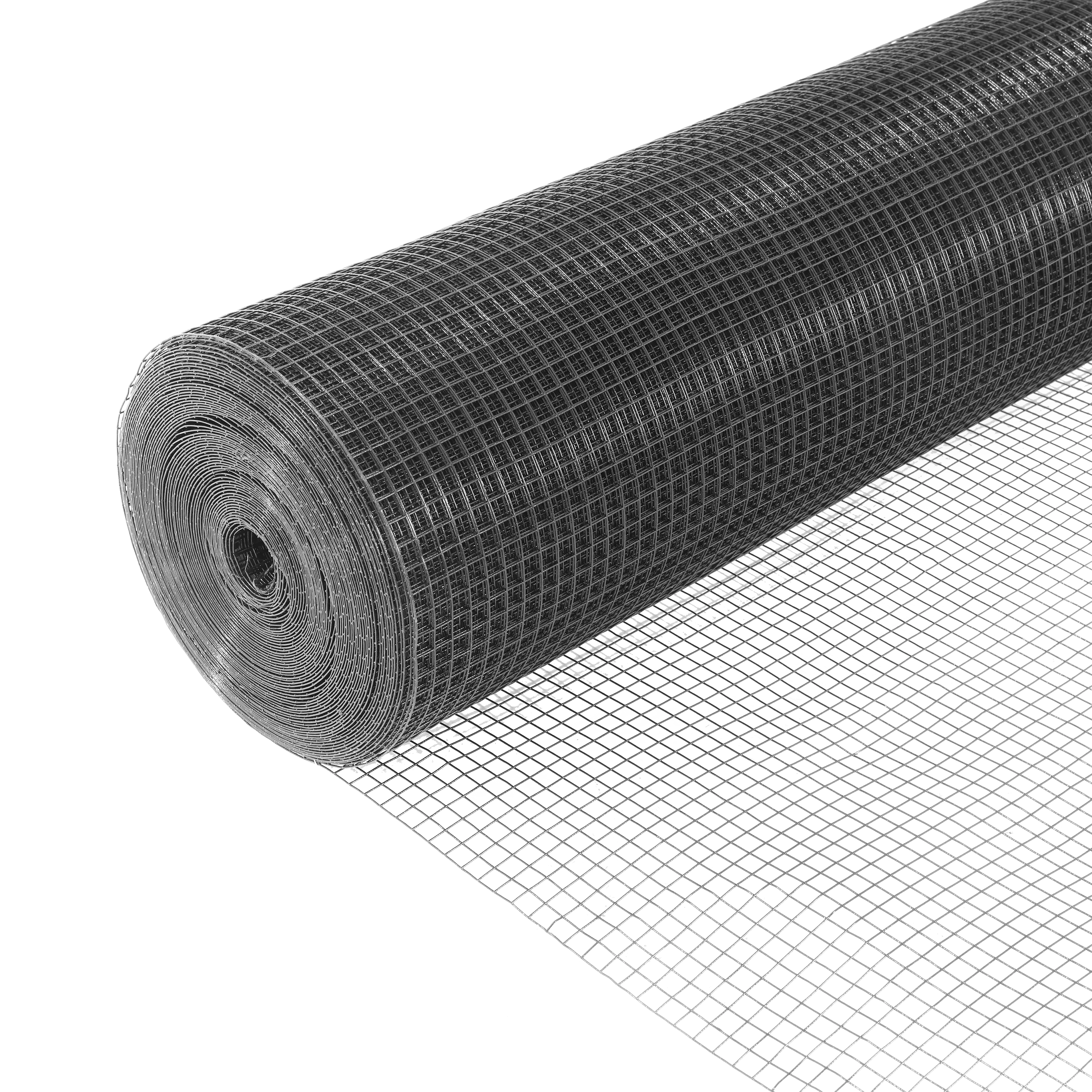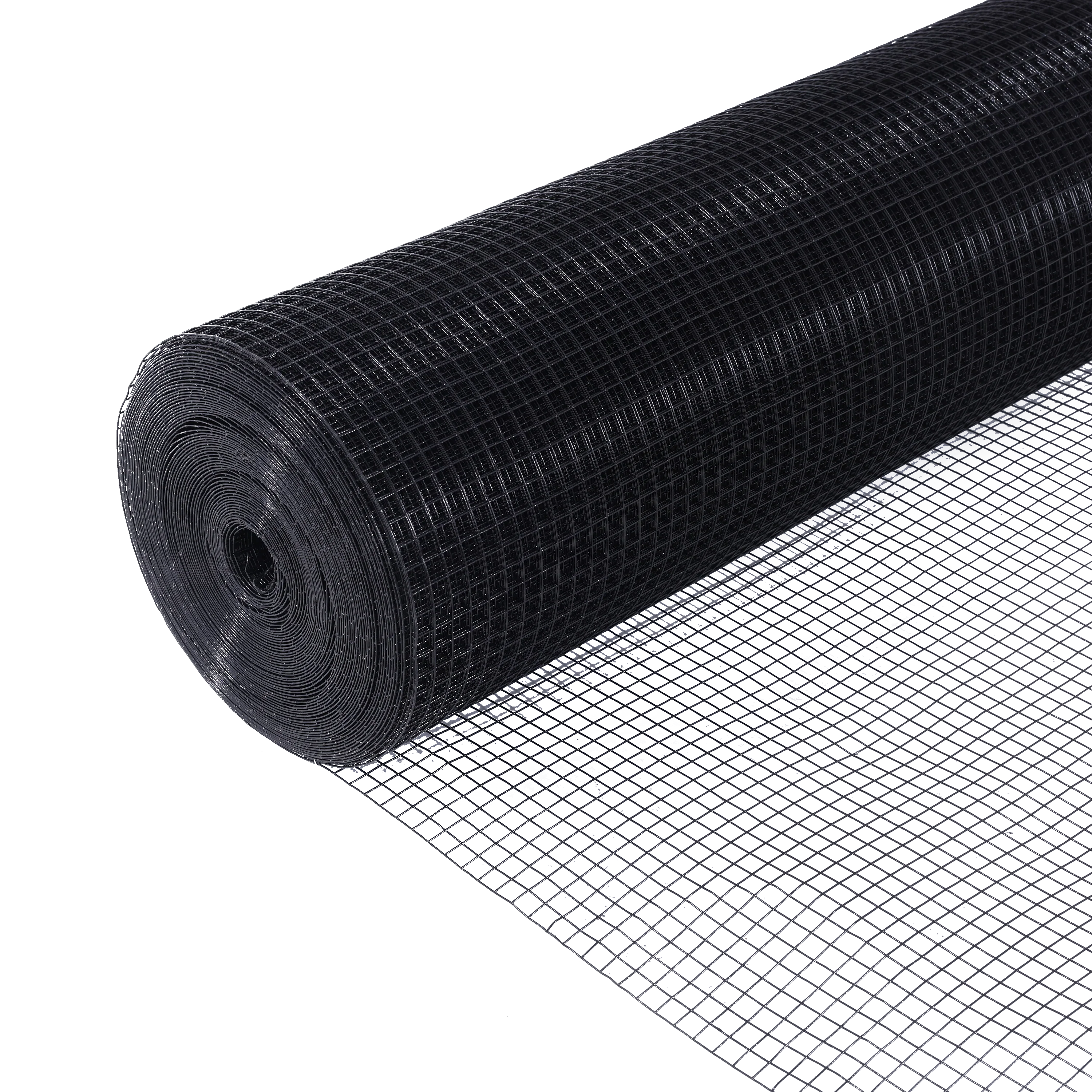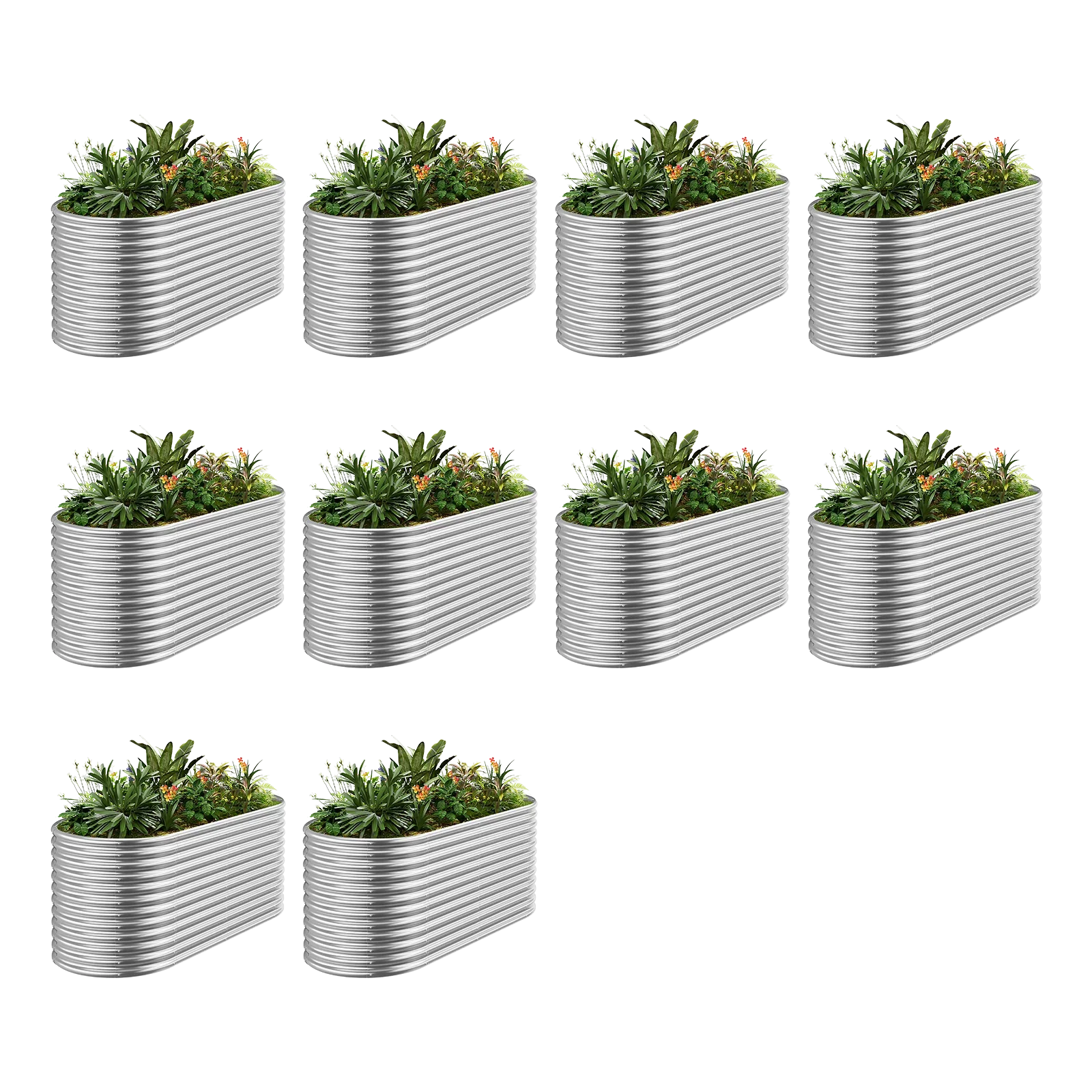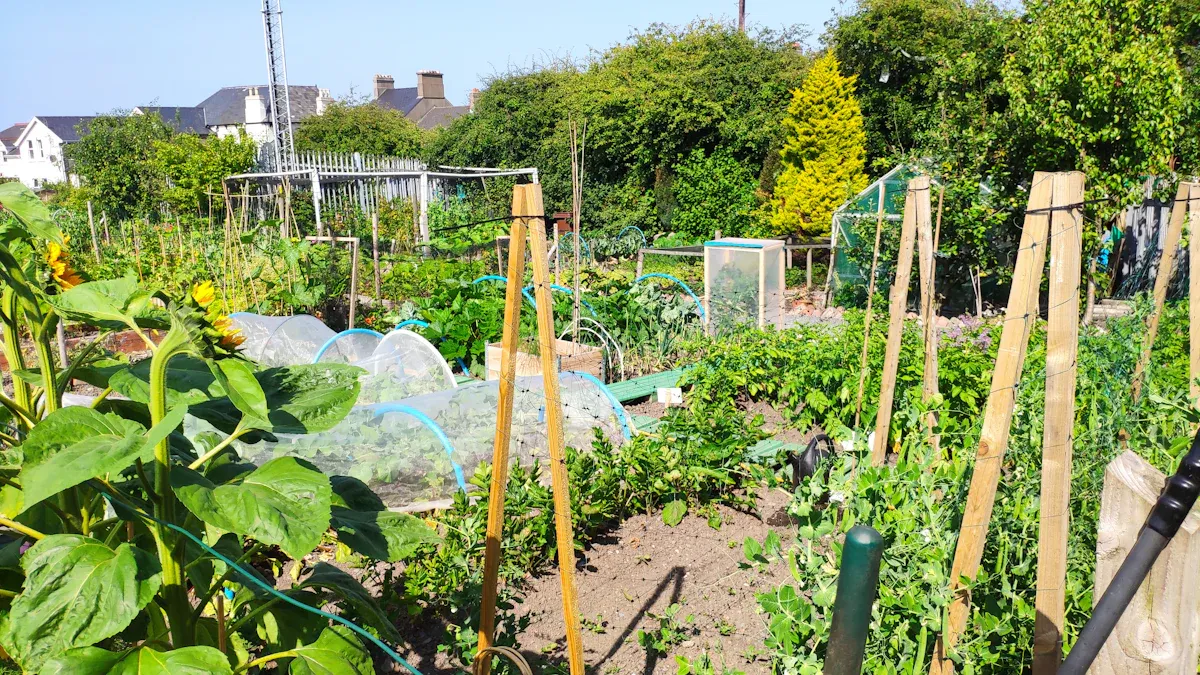
You want a raised garden bed that lasts, looks sleek, and needs little work. A galvanized steel raised garden bed checks those boxes. You get strength, low maintenance, and a modern look, but you should weigh cost and safety before you decide.
Key Takeaways
- Galvanized steel raised garden beds can last 20 to 30 years. They are strong and help you save money over time. These beds do not need much care. You can spend more time planting and less time fixing them. Think about your weather and how much you want to spend. Galvanized beds get warm fast in cool places. In hot places, you might need to water them more.
Pros and Cons
Pros of Galvanized Steel Raised Garden Bed
You want to know what makes galvanized steel raised garden beds stand out. Here are the main pros you’ll notice when you use them in your garden:
- Durability: You get a garden bed that lasts. Galvanized steel raised garden beds can stick around for 20 to 30 years. That’s much longer than wood or plastic. You don’t have to worry about replacing them every few seasons.
- Pest Resistance: Metal garden beds don’t rot or attract bugs. Termites and other pests stay away. You won’t see the same problems you get with wood, like rot or insect damage.
- Low Maintenance: You spend less time fixing and more time planting. Galvanized raised beds need very little care. Just avoid using acidic soil, and you’re good to go.
- Better Drainage: Raised garden beds made from metal help water drain well. Your plants won’t sit in soggy soil. Good drainage means healthier roots.
- Weed Control: You can keep weeds out more easily. The solid sides of galvanized raised beds block weeds from creeping in.
- Modern Appearance: These beds look sleek and clean. If you want a modern vibe in your garden, galvanized steel fits right in.
- Heat Retention: Metal raised beds warm up faster in spring. Your plants get a head start, and you can grow for a longer season.
Tip: If you live in a cold climate, the heat retention from galvanized steel raised garden beds can help your plants thrive earlier in the year.
Cons of Galvanized Steel Raised Garden Bed
Now, let’s talk about the cons. Every garden bed has downsides, and you should know what to expect before you buy.
- Upfront Cost: Galvanized steel raised garden beds can be pricey. You pay more at first compared to wood or plastic. But you might save money in the long run because they last longer.
- Heat Retention in Hot Climates: In very hot places, metal raised beds can get too warm. You may need to water more often to keep your plants happy.
- Possible Zinc Leaching: Some gardeners worry about zinc leaching into the soil. If you use acidic soil, this risk goes up. Most studies say small amounts are safe, but it’s something to keep in mind.
- Safety Risks: Watch out for sharp edges when you assemble your raised garden bed. Some galvanized raised beds need protective coatings to prevent rust and keep you safe.
- Rust Over Time: Metal raised beds can rust if you don’t take care of them. Using proper soil and keeping them clean helps prevent this.
- Less Air Flow: Metal garden beds don’t breathe as much as wood. Your soil might not get as much air, but good drainage helps balance this out.
Here’s a quick table to help you compare the pros and cons of galvanized steel raised garden beds with other materials:
| Feature | Galvanized Steel Raised Beds | Wood/Plastic Raised Beds |
|---|---|---|
| Durability | Lasts 25-30 years | Shorter lifespan |
| Pest Control | Great against bugs | Varies by material |
| Heat Retention | Warms soil quickly | Less effective |
| Drainage | Better drainage | Depends on design |
| Price | Higher upfront cost | Usually cheaper |
| Rust | Can rust over time | Not an issue for plastic |
| Zinc Leaching | Possible, but low risk | Not applicable |
Note: If you want a garden bed that lasts and keeps pests away, galvanized raised beds are a strong choice. If you’re on a tight budget or live in a very hot area, you might want to think twice.
Durability and Maintenance
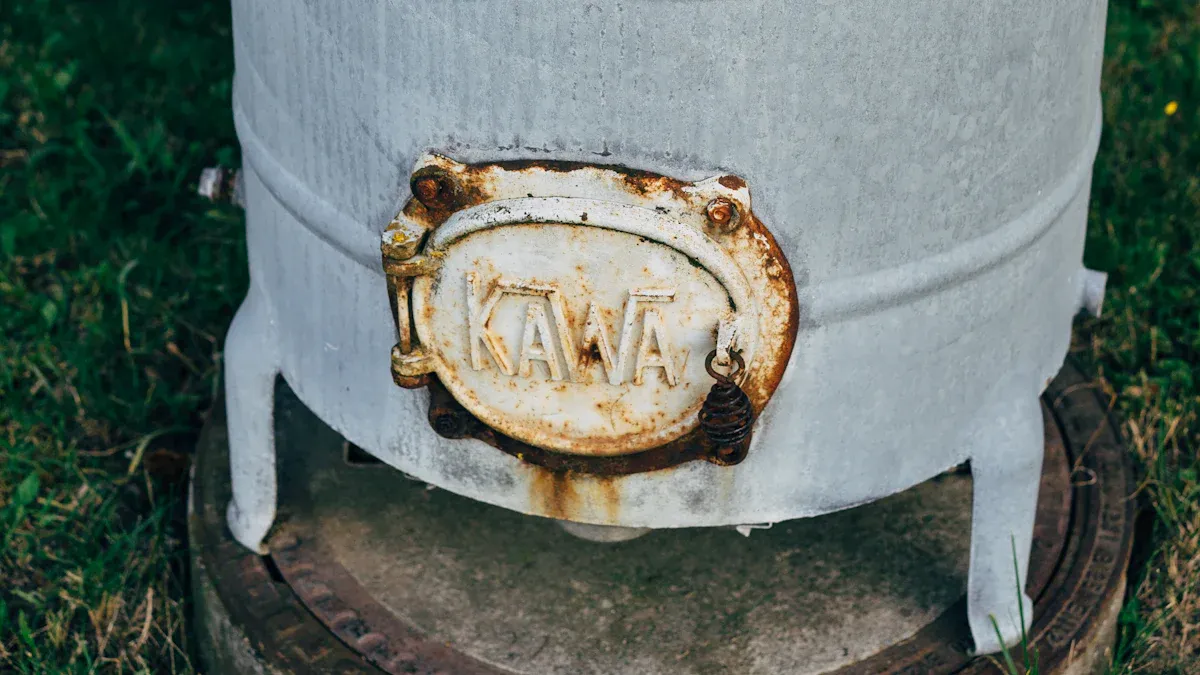
Long Lifespan
When you choose a galvanized steel raised garden bed, you pick a garden upgrade that sticks around for years. Most manufacturers say these beds last anywhere from 20 to 30 years if you take care of them. That’s a huge jump in longevity compared to wood or plastic beds. You don’t have to worry about rot, termites, or boards falling apart after a few seasons. Galvanized raised beds stand up to rain, snow, and sun. They keep their shape and strength, so you can count on them for many planting cycles.
If you want a raised garden bed that gives you peace of mind and saves you from constant repairs, galvanized raised beds are a smart choice. Their durability means you spend less time fixing and more time growing.
Low Maintenance
You’ll love how little work these beds need. Over ten years, galvanized raised beds cost much less to maintain than wood. Wooden beds need sealing, repairs, and sometimes full replacements. Galvanized steel raised garden beds only need basic care. Here’s what you’ll do most often:
- Check soil health and add compost when needed
- Mulch to keep moisture and temperature steady
- Fertilize to feed your plants
- Water regularly, using drip irrigation if you like
- Pull weeds and watch for pests
- Wipe down the sides to keep them clean
- Get your bed ready for each new season
Good drainage also helps keep your plants healthy and your bed in top shape. With so little upkeep, you can focus on what you love—growing fresh food and flowers.
Safety and Assembly
Assembly Tips
You might feel a little nervous about putting together a galvanized steel raised garden bed, but don’t worry. Most people find the process pretty simple once they get started. Here’s a step-by-step guide to help you out:
- Pick a spot in your yard that’s flat and drains well. This helps your plants grow strong.
- Open the box and lay out all the parts. This makes it easier to see what you have and what goes where.
- Start by attaching the side panels to the corner pieces. Take your time so everything lines up right.
- Tighten the bolts, but don’t go too far. If you overtighten, the metal can bend or warp.
- Clear away grass and weeds from the area. If you’re building on a hard surface, you can add a liner.
- Fill your raised garden bed with layers of soil and compost. Good layering helps with drainage and plant health.
Tip: Ask a friend to help you hold the panels steady. It makes the job much easier and faster!
Safety Concerns
When you work with galvanized raised beds, you should watch out for sharp edges. Wear gloves to protect your hands. Some kits come with edge covers or rubber strips—use them if you have them. Always check for any loose screws or bolts before you start planting.
You don’t need to worry about using treated wood with your galvanized steel raised garden bed, but if you ever add wood, avoid old treatments like CCA or creosote. These can be unsafe for your soil and plants. Stick with safe materials to keep your garden healthy.
Galvanized raised beds offer great durability, but safety comes first. Take your time during assembly, and you’ll enjoy your new garden space for years.
Cost and Value
Upfront Cost
You might look at a galvanized steel raised garden bed and wonder about the price. The truth is, metal raised garden beds cost more at first. If you buy a wooden raised garden bed made from pine, you can spend less than $30. A galvanized steel raised garden bed of the same size usually costs over $100. That’s a big difference! You pay more for metal garden beds because of their strength and durability. The higher price can make you think twice, especially if you want to build several beds at once.
Tip: If you plan to garden for many years, the upfront cost of galvanized raised beds might be worth it.
Long-Term Investment
When you look past the first price tag, galvanized raised beds start to shine. Here’s why they make sense for your wallet over time:
- Galvanized raised beds last at least 20 years. Most wooden beds wear out in less than 15 years.
- Metal raised beds can be more affordable than wood now, since lumber prices keep rising.
- You spend less time and money on repairs. Metal garden beds need very little maintenance.
- You can assemble galvanized raised beds quickly, so you save on labor or extra help.
If you want a raised garden bed that gives you value year after year, galvanized raised beds are a smart pick. You pay more at first, but you save money and effort in the long run.
Climate and Plant Health
Heat Retention
You might wonder how galvanized raised beds handle heat, especially in summer. Metal warms up fast, so your soil gets a boost early in the season. This helps your plants start growing sooner. During hot months, the soil temperature in a galvanized steel raised garden bed can reach about 92.6°F, which matches the air outside. The metal surface actually stays cooler than wood, so it does not overheat your soil.
- Soil right next to the steel side panel can be about 8°F warmer than soil farther away. This means you get some extra warmth close to the edges.
- Most of the soil in the middle of your raised garden bed stays at a safe temperature for roots.
Tip: If you live in a hot climate, you can plant heat-loving crops near the edges and cooler crops in the center. Watering often helps keep everything balanced.
Soil Safety
You want your plants to stay healthy, so soil safety matters. Galvanized raised beds use a zinc coating to fight rust and boost durability. Sometimes, zinc can leach into the soil, especially if you use acidic soil or your garden gets lots of rain. Research shows that zinc leaching from galvanized metal is possible, but most studies say the risk to plant health is low.
If you worry about leaching, you can test your soil or use a liner inside your raised garden bed. Most gardeners find that their plants grow strong and healthy in galvanized raised beds. You get peace of mind along with long-lasting durability.
Note: Avoid using highly acidic soil mixes. Stick with compost and balanced garden soil for best results.
Appearance and Style
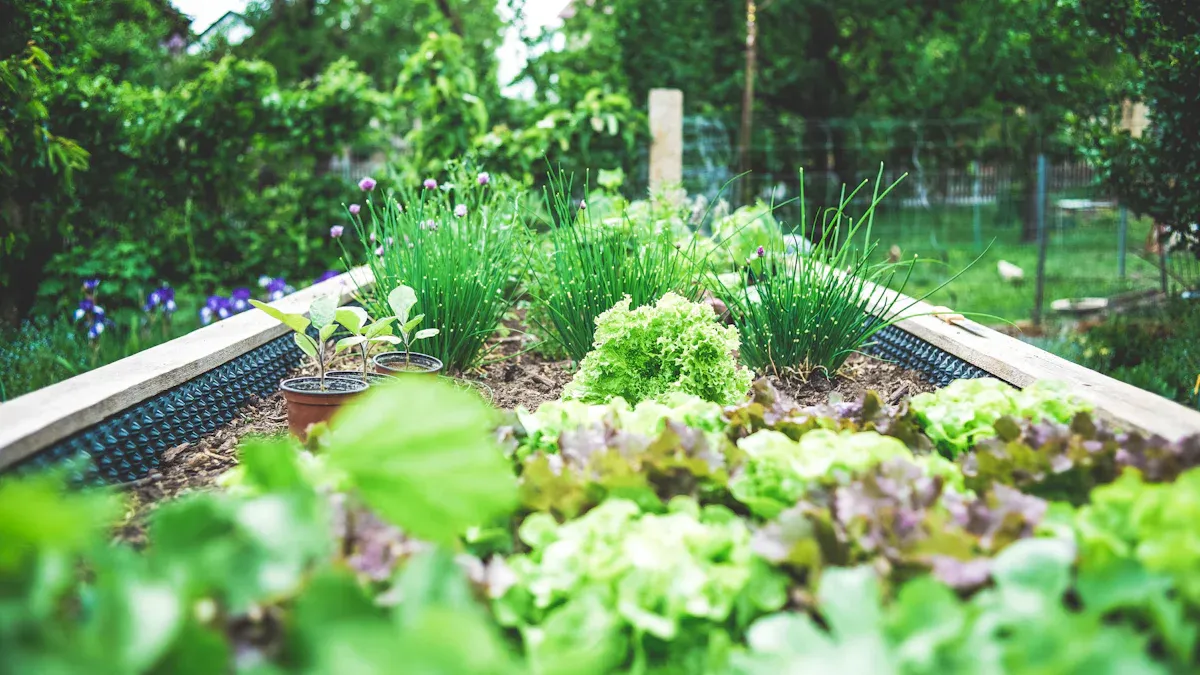
Modern Look
You want your garden to look new and nice. Galvanized raised beds give your yard a cool, modern style. The shiny metal reflects sunlight and looks fancy. You see straight edges and a smooth finish that match modern homes. These beds look good near patios, driveways, or in small spaces.
Landscape experts say galvanized raised beds do more than look good. Here’s how they compare:
| Feature | Description |
|---|---|
| Aesthetic | Modern, clean look for today’s gardens |
| Durability | Lasts longer than wood that resists rot |
| Versatility | Fits in many places, like patios and driveways |
| Ease of Use | No woodworking needed; easy to set up and plant |
You don’t need to be a designer to make your garden stand out. The plain color of galvanized steel raised garden bed matches any style. You can add bright flowers or green veggies for more beauty.
Garden Fit
Galvanized raised beds work with almost any garden style. You can use them to make neat borders or mark planting spots. Their shapes and sizes let you design your garden your way. Raised garden beds make your garden look neat and pretty.
- Galvanized raised beds are simple to clean, so your garden stays neat.
- The modern look makes your yard more interesting.
- You can mix them with other materials for a special garden style.
If you want a garden that is stylish and useful, galvanized raised beds help you do that. They make your home worth more and your yard more fun.
Material Comparison
Wood vs. Metal Raised Garden Beds
You might wonder if you should pick wood or metal for your raised garden bed. Here’s what you need to know:
- Metal raised beds can last 10-20 years or more with little wear. You don’t have to worry about rot or bugs.
- Wooden raised beds usually last 5-15 years. Cedar and redwood last longer, but all wood can rot or decay over time.
- Wooden beds need more care. You may need to seal or replace boards.
- Metal garden beds resist rot and pests, so you spend less time on upkeep.
If you want a low-maintenance option, galvanized raised beds make gardening easier and last longer.
Concrete vs. Metal Raised Garden Beds
Let’s look at how concrete and galvanized steel raised garden beds compare. Here’s a quick table:
| Material | Longevity | Cost Characteristics |
|---|---|---|
| Concrete | Can last a lifetime | Higher initial costs for materials and labor |
| Galvanized Steel | 25-30 years typical | Higher upfront cost than wood or plastic |
Concrete beds last the longest, but they cost more to build and are hard to move. Galvanized raised beds give you long life and are easier to set up or move if you change your mind.
Other Metal Raised Garden Beds
You might see other metal raised beds, like those made from aluminum or plain steel. Here’s how they stack up:
| Advantages | Disadvantages |
|---|---|
| More durable than wood or plastic | Usually cost more than wood or plastic |
| Retain heat well in cold climates | Can get too hot in summer |
| Modern or rustic look | May have sharp edges |
| Easy to customize in size and shape | Can rust if not cared for |
| Lightweight and easy to move | Do not insulate soil as well as wood |
Galvanized raised beds stand out because they resist rust, last a long time, and look modern. You get a strong, weather-resistant choice that fits many gardens.
Who Should Choose Raised Garden Beds
Gardening Goals
You want a garden that lasts and stays easy to care for. If you like spending more time planting and less time fixing, galvanized raised beds fit your style. These beds work well for gardeners who want strong, rust-resistant options. You do not have to worry about rot or pests like termites and rodents. The solid sides keep your plants safe and help with drainage. If you want healthy plants and fewer problems, galvanized raised beds make gardening simple.
Tip: If you want to grow veggies, flowers, or herbs for many years, a galvanized steel raised garden bed gives you a strong base.
Climate Suitability
Your local weather matters when you pick a raised garden bed. Galvanized raised beds warm up fast in spring, so you get a head start in cooler places. If you live where summers get hot, you may need to water more often. Metal raised garden beds can get warm, but most plants do fine if you keep the soil moist. In rainy areas, these beds help with drainage and keep roots healthy. Wooden raised beds may rot in wet climates, but metal garden beds stay strong.
| Climate Type | Best Bed Choice | Why? |
|---|---|---|
| Cool/Short Season | Galvanized raised beds | Warms soil quickly |
| Wet/Rainy | Galvanized raised beds | Resists rot, drains well |
| Hot/Dry | Raised garden beds | Needs extra watering |
Budget Fit
You want to save money and still get a garden bed that lasts. Galvanized raised beds cost more at first, but you spend less over time. You can use affordable galvanized materials or repurpose tubs and fire rings. This lets you put more money into good soil and water systems. Metal raised garden beds help you avoid repairs and replacements. If you want a smart investment, galvanized raised beds give you value for years.
Note: If you want to stretch your budget, choose galvanized raised beds and focus on soil and plants.
You get a raised garden bed that lasts, looks modern, and needs little care. Check out this table before you decide:
| Factor | Why It Matters |
|---|---|
| Durability | Stays strong outdoors for years |
| Maintenance | Easy to care for |
| Pest Resistance | Keeps bugs away |
| Soil Management | Needs good soil |
| Non-Toxic | Safe for food gardens |
Here’s what experts say:
- You enjoy long life and fewer pests.
- You pay more upfront.
- Watch for rust and sharp edges.
Think about your climate, budget, and gardening goals. If you want a garden that’s easy and lasts, a galvanized steel raised garden bed could be perfect. Ready to start planting?
FAQ
Can galvanized steel raised garden beds rust?
You might see some rust after many years, especially if you scratch the coating. Most beds stay rust-free with normal use.
Is it safe to grow food in galvanized steel raised beds?
You can grow veggies safely. Zinc leaching is very low. Most experts say it’s safe for food gardens.
How do I keep my galvanized steel raised bed cool in summer?
- Add mulch on top of the soil.
- Water your plants early in the day.
- Plant taller crops near the edges for shade.






